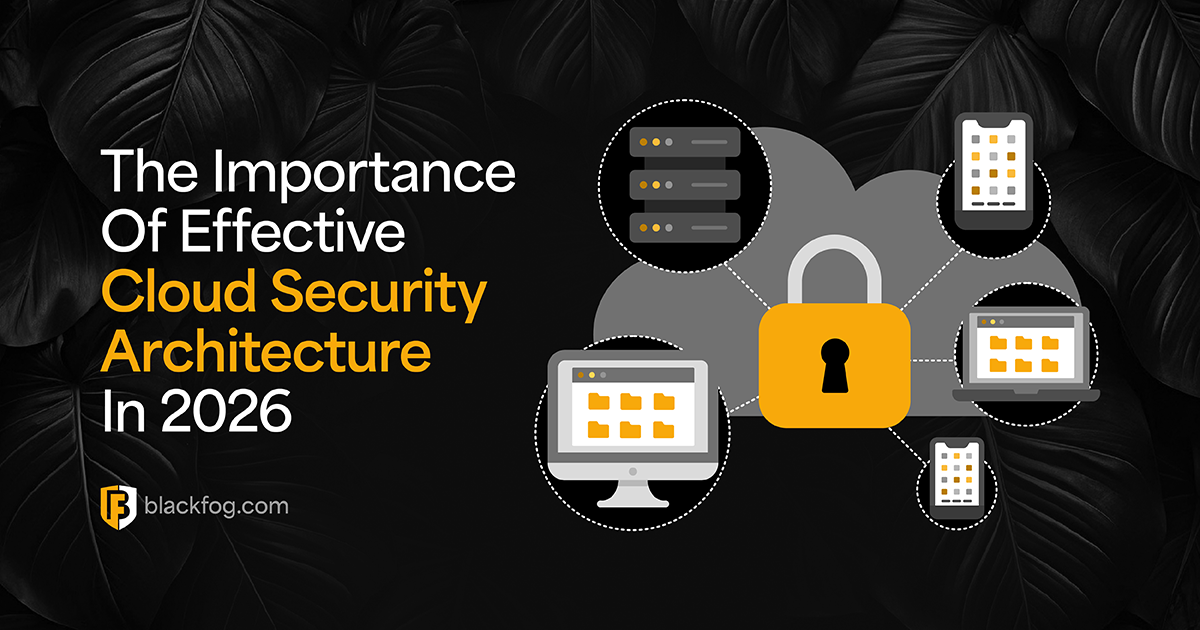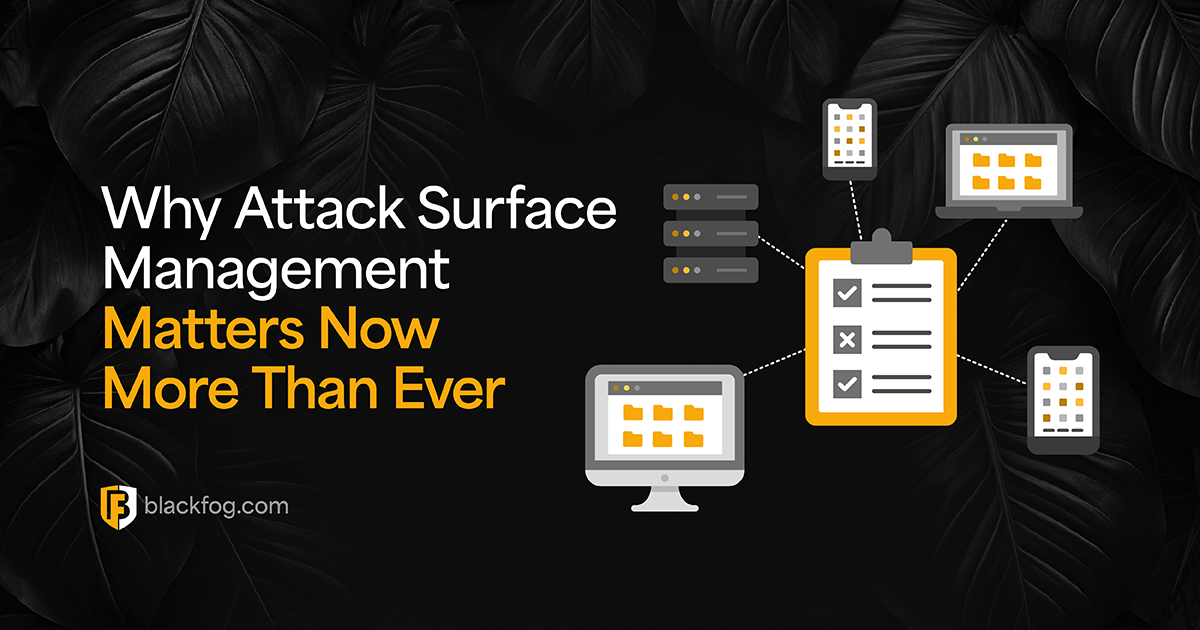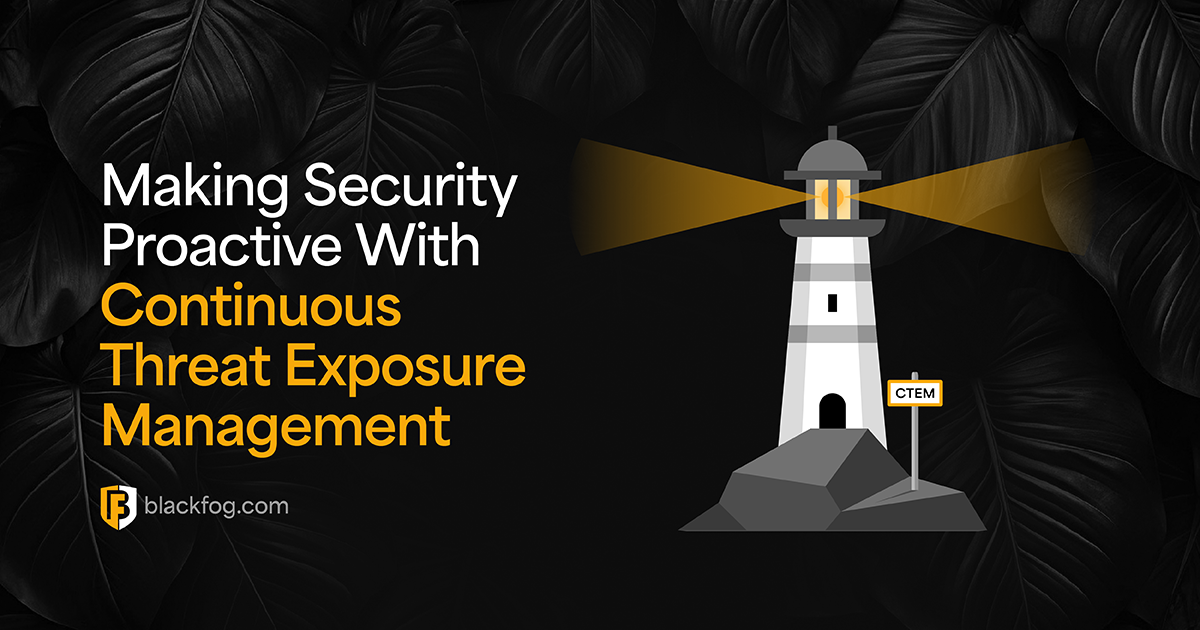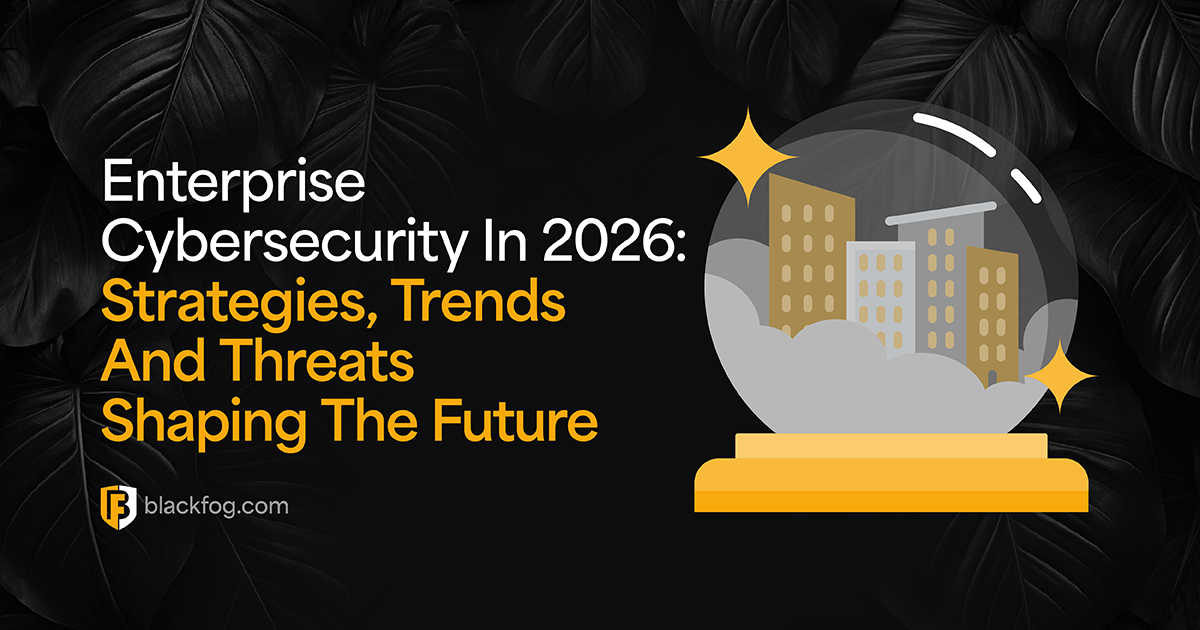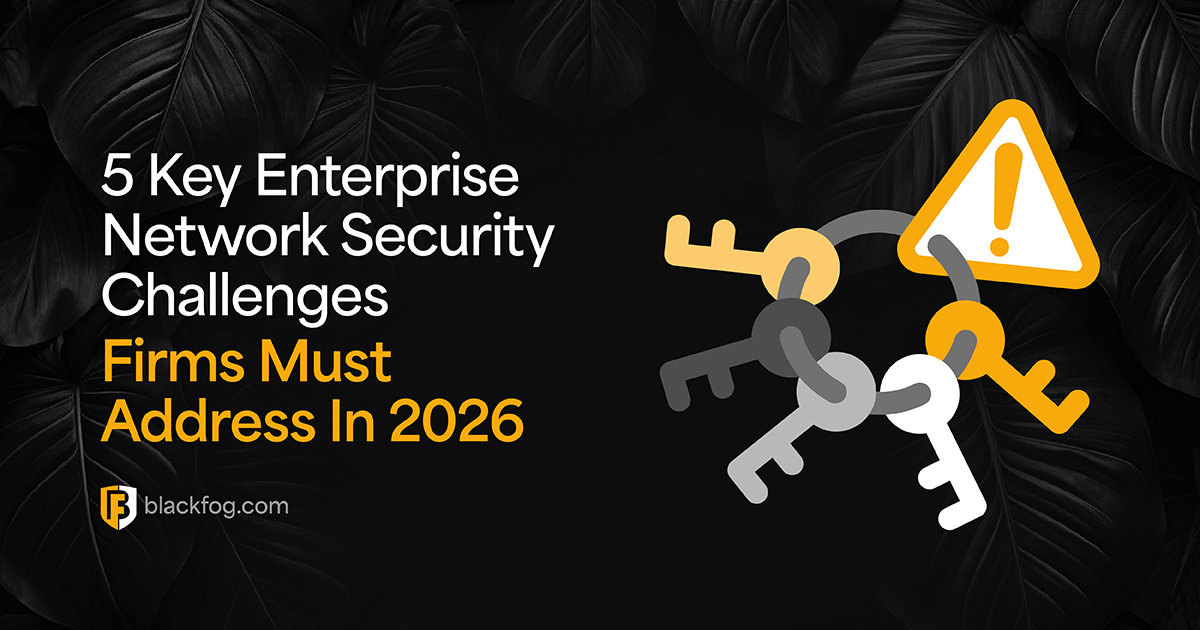
5 Key Enterprise Network Security Challenges Firms Must Address In 2026
Enterprise cybersecurity has never been more complex, or more critical. As ransomware attacks continue to surge, threat actors are increasingly exploiting the growing sprawl of hybrid IT environments businesses now depend on.
With infrastructure spread across on-premises systems, multiple cloud platforms and remote endpoints, attackers have more opportunities than ever to gain a foothold. Once inside, they can move laterally through under protected systems, searching for sensitive data to exfiltrate or encrypt.
This shift from perimeter breaches to internal exploitation means that securing all aspects of the network itself, not just the edge, is now a top enterprise security priority for defenders looking to stay ahead of modern, persistent threats.
Why Enterprise Network Security Matters In 2026
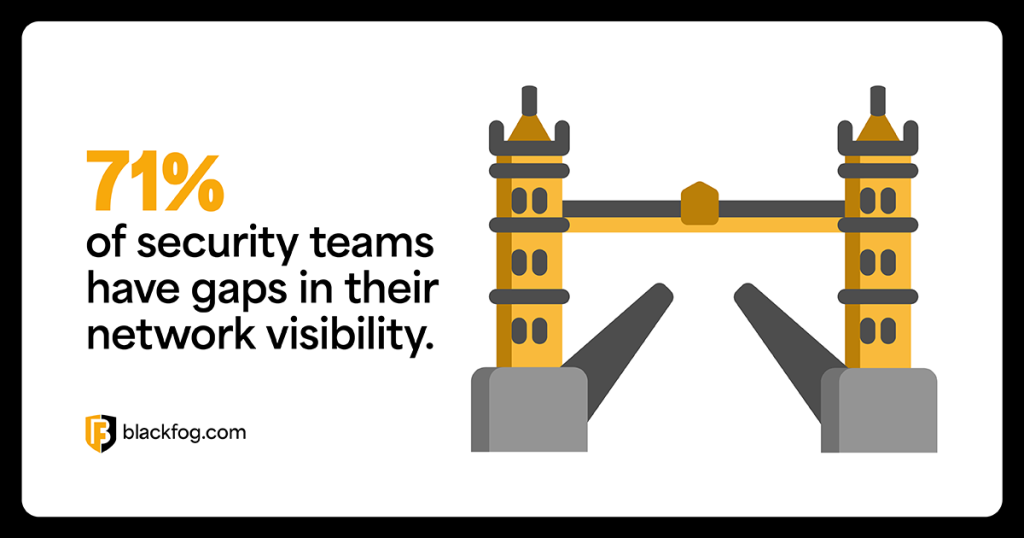
Enterprise networks have transformed dramatically in recent years, driven by the growth of hybrid and cloud environments, remote endpoints and sprawling infrastructure. As a result, it’s very easy for IT teams to lose control of their firm’s environment. For instance, one study by AlgoSec found 71 percent of security teams report visibility gaps in their networks in 2025.
These blind spots are a gift to attackers, who can exploit the expanded attack surface to gain access and then move laterally to find high‑value targets. The first step in defending against this is acknowledging where common vulnerabilities lie. This may be unmonitored cloud segments, unmanaged third‑party devices or outdated network rules. Understanding these gaps is crucial to fortifying network posture before threats become incidents. Below are five common areas that pose challenges to businesses.
1. Visibility Gaps In Complex Hybrid Networks
One of the most pressing challenges in enterprise network security is the lack of end-to-end visibility across hybrid environments. As organizations adopt more cloud services, remote access tools and third-party platforms, IT teams often lose track of what’s connected to the network.
Shadow IT, unapproved SaaS tools and personal devices used for work introduce unknown endpoints that traditional monitoring tools may miss. These blind spots are high-risk entry points for attackers. If a device or application isn’t visible, it’s not being monitored, patched or secured, giving threat actors a potential path into the network.
To address this, firms must consolidate threat monitoring across cloud and on-premises systems, enforce strict asset discovery policies and invest in unified visibility platforms that provide a real-time view of all connected assets, including those not authorized by IT teams.
2. Poor Network Segmentation
When networks are flat, attackers who breach one system can move laterally with ease, hunting for sensitive data and exfiltrating it through unprotected endpoints. This lateral movement magnifies the impact of a single compromise and often turns a contained incident into a full-scale breach.
Fixing segmentation requires designing boundaries and trust zones. Microsegmentation isolates applications and services at the workload level, reducing the potential travel radius for an attacker. Meanwhile, Zero Trust models enforce continuous verification for every request, regardless of location, and adopting the principle of least privilege limits access to only what each user or service needs.
Other practical steps include implementing software-defined segmentation, strict network access controls, automated policy enforcement and regular testing. Together, these measures slow attackers, contain intrusions and make data theft harder.
3. Insecure Or Legacy Remote Access Solutions
Remote access is now a must for many businesses, but traditional VPNs were never designed for today’s distributed, always-on enterprise environments. These legacy solutions often lack granular access controls and provide overly broad network access once a connection is established. This makes them a prime target for attackers.
Once compromised, a VPN can act as a direct tunnel into the network, bypassing perimeter defenses and exposing internal systems. To address this risk, organizations should move toward Zero Trust Network Access, which limits access to specific applications rather than the entire network.
This should be supported by strong identity and access management, multifactor authentication and continuous session monitoring. Activity from remote endpoints should be logged and analyzed in real-time to spot suspicious behavior early.
4. Misconfigured Network Devices And Services
It’s easy for core network infrastructure such as routers, firewalls, DNS servers and load balancers to be misconfigured or outdated. Common issues include open ports, default credentials, weak firewall rules and exposed admin interfaces. These oversights create easy entry points for attackers, who can exploit them to bypass defenses or gain deeper access.
Misconfigurations are often the result of rapid scaling, inconsistent policies or lack of visibility across distributed environments. To fix this, organizations need regular configuration audits, automated policy enforcement and the use of secure baseline templates.
All changes should be tracked and validated to avoid accidental exposures. When integrated with patching and vulnerability management workflows, this ensures that misconfigurations are caught and corrected before they become liabilities.
5. Fragmented Security Tooling And Poor Integration
Modern enterprise networks often rely on a sprawling mix of security tools including endpoint protection, firewalls, identity management platforms, cloud controls and more. But without proper integration, these systems operate in silos, making it harder to detect threats and coordinate response efforts.
Fragmentation can lead to alert fatigue, duplicated effort and blind spots across the security stack. Security teams may struggle to correlate signals or waste time switching between dashboards. To address this, organizations should prioritize platform interoperability and reduce tool sprawl where possible. Integrating core systems through a centralized platform enables real-time correlation, faster triage and more effective remediation.
A connected toolset also supports defense in depth, automated response and better collaboration across IT and security teams, helping firms respond faster and more confidently when threats emerge.
Share This Story, Choose Your Platform!
Related Posts
The Importance Of Effective Cloud Security Architecture: What To Know For 2026
What must firms consider when building cloud security architecture that's fit for the modern era of computing?
Why Attack Surface Management Matters Now More Than Ever
What key challenges do companies face as networks expand and their attack surface grows, increasing the need for effective attack surface management?
5 Key Enterprise Network Security Challenges Firms Must Address In 2026
Is your firm still dealing with these five enterprise network security challenges? Here's what to do to improve your position.
Making Security Proactive With Continuous Threat Exposure Management
Find out everything you need to know about continuous threat exposure management, what's involved and the benefits it could bring to organizations.
How Defense In Depth Stops Cyberthreats Before They Do Damage
Learn what's involved in an effective defense in depth approach to cybersecurity and why this matters more than ever in a fast-evolving environment.
Enterprise Cybersecurity In 2026: Strategies, Trends And Threats Shaping The Future
What will enterprise cybersecurity hold for business in 2026 and what will cybersecurity leaders need to do to protect their firms from new threats?

